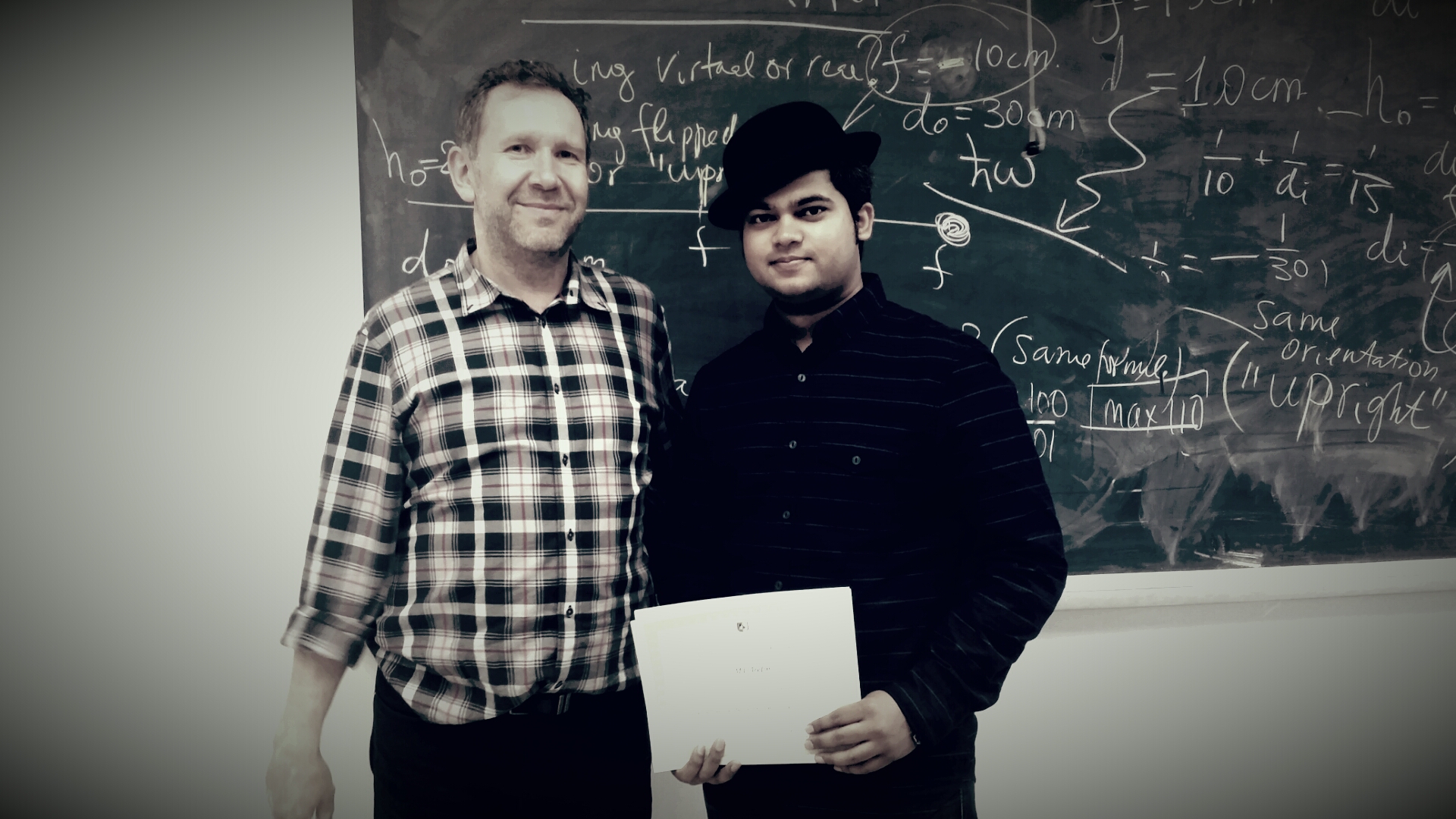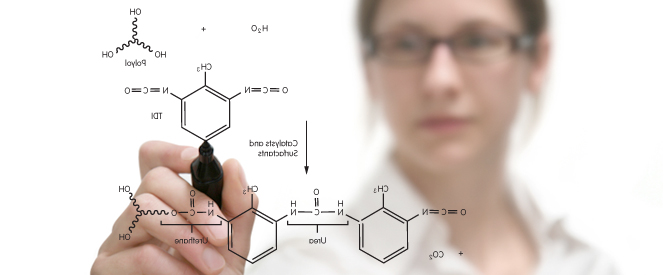-
Security
Security
The security focused members of the club are free to join any and all projects to put their knowledge to the test. They could serve as support for the main website or any website developed as a club project. They are also invited to participate in all security events and encouraged to post their work online.
more → -
Networking
Networking
Networking students mostly work on physical projects. While these cannot be displayed as promptly as other projects, they can post photos as well as documentation to their projects.
more → -
Database
Database
These students work closely with security and programming students on any projects dealing with projects relying on information of the club members. This could range from simple communication with members to managing information relating to our members.
more → -
Software
Software
Programming students focus on developing new software for the club or building off of existing projects. Even if they do not know the languages required for the project, they are still welcome to join and learn.
more →
Portfolio
Our Research Project In Campus
Nonleaner Dynamic of Polartons-Exitons BEC

- Need for devices that couple charges and light
- Quantum & optical computing
- Information transfer technologies, control of optomechanical interactions with single atoms.�
- Quantum mixture of excitons and cavity photons
- Electrically-controlled polariton switch
Gross-Pitaevski equation for polariton condensate. Dependence of the upper polariton BEC density Density of the condensate is studies as a function of the Rabi splitting energy and the polariton lifetime. Momentum distribution of particles in the polariton condensate is studied. Phase map for the interacting lower and upper polariton condensates.
Partitions of Integers and Their Applications

A partition of an integer is a way of expressing an integer as a sum of positive
integers where the order of the summands is considered irrelevant. Denote by p(n)
the number of partitions of n.Convention : p(0) = 1 and P(n) = 0 for n negative.
Main questions
- Can we compute p(n) for any n?
- Can we approximate p(n) for n large number?
There is a strong relation between Partition Theory and other areas of mathematics, such as the Representation Theory. Many identities which involve partitions of numbers have been proved or conjectured by using representations of Lie algebras. Among them, the most celebrated are the Rogers-Ramanajan partition identities. One of the Rogers-Ramanujan identity states that the number of partitions of a nonnegative integer n with parts of the form 5i+1 and 5i+4 is equal to the number of partitions of n such that the difference between consecutive parts is at least two.
Higgs Boson & Super Computer computations

What is a Higgs Boson ?
The Higgs Boson is an elementary particle associated to Higgs field. This field is
responsible for the fact that different particles have different masses. The role
of the Higgs field and the existence of the Higgs boson were predicted (in 1964!)
by F. Englert, R. Brout and P. Higgs. Subsequently, S. Weinberg introduced the Higgs
mechanism in the theory describing weak interactions. G. ‘t Hooft showed that the theory
can be used to predict the outcome of particles collisions.
�
- The standard model describes the fundamental particles, their nature and how they interact through three of four fundamental forces of nature, which are the strong nuclear force, the weak nuclear force, and the electromagnetic force. Gravity is ignored, because it has a very small effect on particle interactions. �
- There are two types of elementary particles: fermions and bosons. The higgs boson is the 5th fundamental boson predicted by the Standard Model. �
- The Standard Model has successfully predicted the existence of the top quark, the W Boson, and the Z boson. �
- The last missing particle was the Higgs Boson, which was discovered at Large Hadron Collider in 2012. All of the particles include in the standard model have now been discovered experimentally. � �